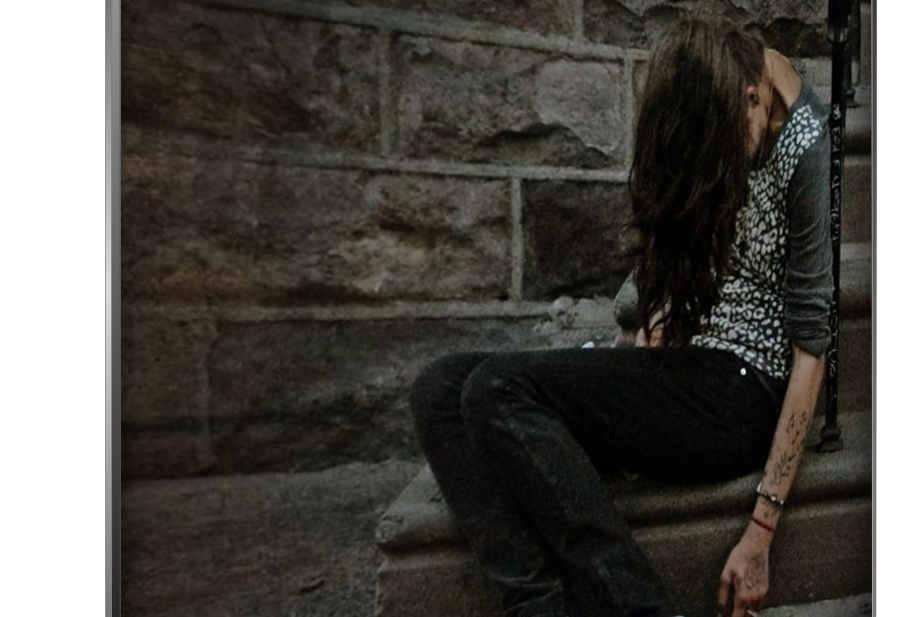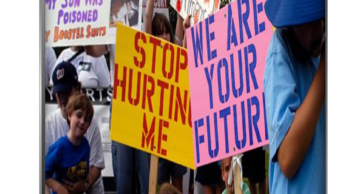
BBC
It may surprise British people to learn that the producers of the American children’s TV show Sesame Street are about to introduce a fostered muppet whose mother is addicted to opioids. But, after a few minutes of watching Addicted: America’s Opioid Crisis, the reason for their decision becomes clear.
The documentary, which charts opioids’ journey from painkiller to killer, begins by telling the stories of children whose lives have been torn apart by their parents’ addiction. At a camp for the children of addicts, the campers are writing ‘letters to addiction’.
“I couldn’t have a normal life because of you,” says one 12-year-old boy. It’s heartbreaking to see children conveying their feelings on such an adult topic so articulately.
Their parents are part of a national epidemic, which began in the 1990s, when doctors began prescribing opioid painkillers more readily. Many patients soon became addicted, and this addiction drove many to start using heroin.
Viewers may already have read about Purdue Pharma — the pharmaceutical company whose persuasive marketing of the opioid OxyContin (oxycodone) is largely blamed for initiating the epidemic. However, critics of the campaign may not have seen Purdue’s original promotional videos, which preyed directly on patients’ weaknesses. One such video claims that “less than 1% of patients taking opioids actually become addicted”, but there was a 900% increase in opioid addiction between 1996 and 2011. The clips make for difficult viewing.
Many pages of The Pharmaceutical Journal, not to mention countless other publications, have detailed the opioid epidemic. The death toll — cited in the film at around 500,000 people since the 1990s — can feel like just a number, but this documentary shows the real human cost of the United States’ opioid over-prescribing culture.
In one case, there is the mother who lost her son to an overdose after a sports injury led to an addiction to painkillers. In another, we see the parents of a 30-year-old living with addiction, who reluctantly agrees to rehabilitation. Another example is that of an ex-user turned rehabilitator, racked with guilt at putting his son in danger during drug deals gone awry. The programme also introduces a former drug dealer who has since devoted himself to helping the addict community on the streets.
Another thread follows the former Purdue Pharma sales representative who, in hindsight, realises the devastation he was complicit in.
However, it is not only Purdue Pharma to blame for the opioid epidemic; many other pharmaceutical companies are criticised for their behaviour, and experts point fingers at the US Food and Drug Administration for failing to protect the public.
Addicted reflects on the failed children we meet in its opening scenes — will they ever be free of the opioid epidemic? This gripping, personal account of the crisis asks questions but provides few answers.
References
BBC Three. Addicted: America’s Opioid Crisis. London: BBC; 2019


